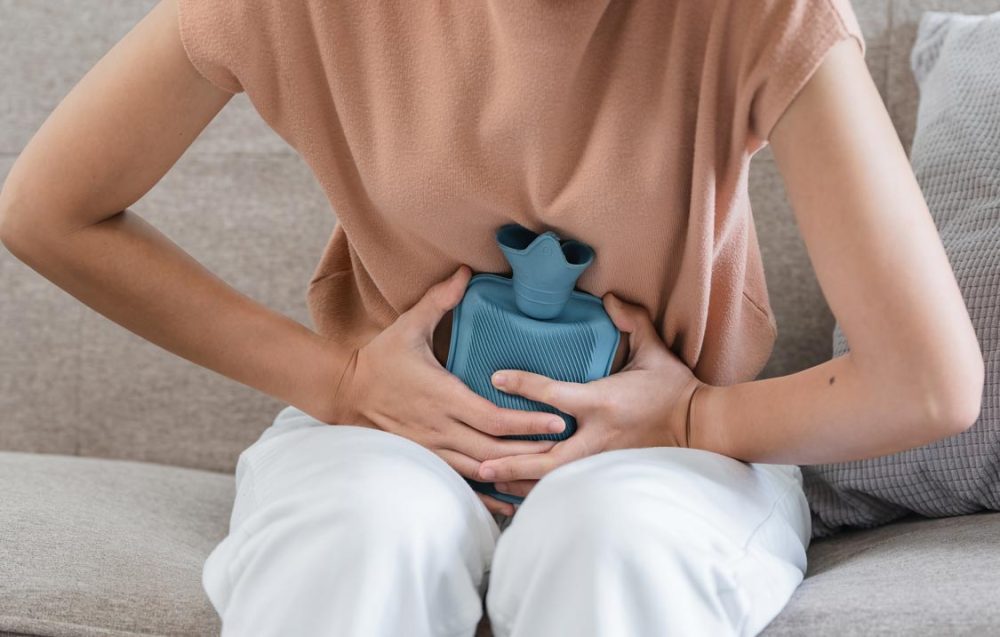Advertisment
Menstrual cramps can be worse in normal-length cycles without ovulation

According to current understanding, menstrual cramps only happen in cycles in which an egg is released, or an ovulatory cycle. But new research from the University of British Columbia (UBC) is challenging this notion.
The findings, published in the Journal of Pain Research, reveal that some women not only experience cramps when no egg is released, but that cramps can be more severe and last longer during these anovulatory cycles.
“I was surprised to see significant cramps in menstrual cycles with or without ovulation, which challenges current thinking” said co-author, Dr. Paul Yong, associate professor of obstetrics and gynecology at UBC and Canada Research Chair in Endometriosis and Pelvic Pain.
Menstrual cramps are very common, but not always well-treated by currently recommended ibuprofen therapy and may cause teen and young adult women to miss education or work.
It has long been believed that menstrual cramps are triggered by falling progesterone levels at the end of ovulatory cycles, which prompts the release of hormone-like substances, prostaglandins, that cause uterine muscle contractions.
“Since 1938, when a small research study found no cramps in anovulatory studies, no one has questioned the belief that cramps only occur in ovulatory cycles,” said co-author Dr. Sewon Bann, internist and endocrinology fellow at UBC.
For the study, the researchers monitored 75 women aged 19-35 through a single menstrual cycle. The women recorded their experiences with cramp presence and intensity in a daily diary.
“We compared cramps in the 35 cycles without ovulation with 40 cycles that were normally ovulatory in this study. We found cramps were more painful, lasted longer and had a higher Cramp Score in anovulatory cycles” said first author Gurleen Mann, a UBC medical student. Mann reports that cycle lengths were the same; fewer than one of 10 cycles in each ovulation-related group lasted longer than 35 days.
The researchers also looked at several past studies of cramps that tracked ovulation. “In a meta-analysis of the four eligible studies, all found cramps in both ovulatory and anovulatory cycles. However, in support of the current understanding, cramps were twice as likely to occur in ovulatory cycles,” said Dr. Sonia Shirin, a researcher working for UBC’s Centre for Menstrual Cycle and Ovulation Research (CeMCOR).
This single-cycle study was funded by a contract with Health Canada to collect urine to measure environmental contaminants. Recruitment took place during the early days of the SARS-CoV-2 pandemic.
“It is likely because of the multiple stresses during this difficult time that almost a third of all participants’ cycles were anovulatory,” speculated senior author Dr. Jerilynn C. Prior, a professor of endocrinology at UBC and scientific director at CeMCOR.
The researchers say this new information about menstrual cramps and ovulation has several important implications:
- We can no longer assume a cycle is ovulatory just because it has menstrual cramps
- It is unlikely to be the decreasing levels of progesterone before flow, as is currently understood, that trigger menstrual cramps
- New research is necessary to understand what other changes trigger cramps
- Learning more about why cramps occur will help with treatment of cramps that are severe or cause absence from school or work.





